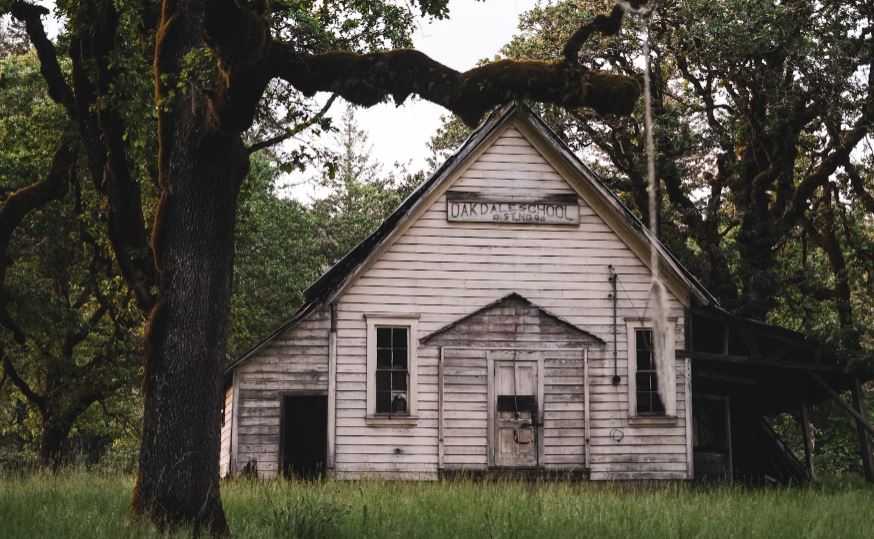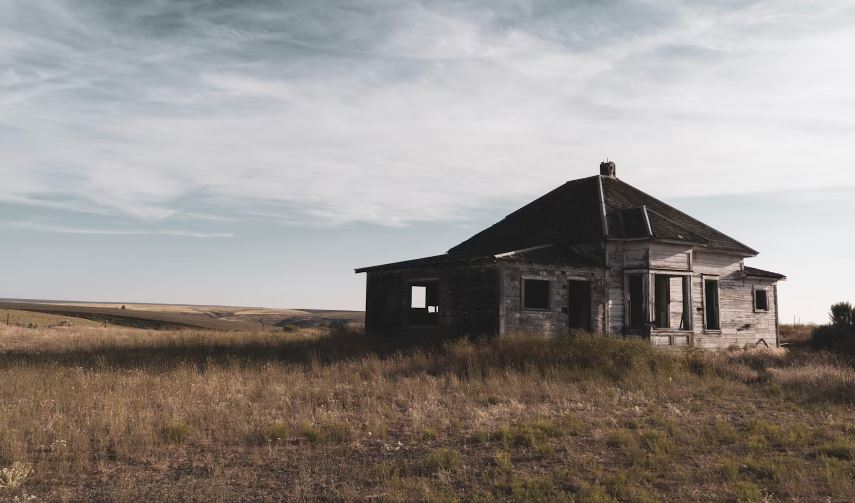You might have heard the term "distressed property" thrown around in real estate discussions, but maybe you're not quite sure what it really means?
It's one of those terms that can sound confusing and make you wonder what exactly people are talking about.
Simply put, distressed properties are homes in financial or physical distress.
In this post, I’ll explain what is a distressed property in detail.
And I’ll walk you back in time and show you the history and evolution of distressed properties.
What Is A Distressed Property?
A distressed property is a house that is under some form of financial or physical distress.
This usually happens when the owners can't afford to keep up with repairs, maintenance, property taxes, or mortgage payments.
Read more about the causes here: Causes of Distressed Properties
These properties can take different forms, but the most common one is a foreclosure.
A foreclosure is a legal process by which the bank seizes a property from a homeowner who has missed mortgage payments. The bank then sells the property to recoup their investment.
Apart from foreclosures, there are other types of distressed properties:
- Preforeclosure
- Short sales
- Probate sales
- Tax liens
- Bank-Owned (REOs)
- Government-Owned REOs
- Divorce sales
- Bankruptcy
- Inherited properties
- Abandoned or neglected properties
- Physically distressed properties
I have covered all of these in more detail on our Types Of Distressed Property guide.
Distressed properties are almost always priced below market value (about 10% - 40%) since they need to be sold quickly.
Distressed Sale Examples
Let me show you a few examples, so that you will understand it better:
Example 1
A family runs into financial hardship from a job loss or unexpected medical bills.
As a result, they fall behind on their mortgage payments to the point that the bank initiated the foreclosure process.
With no way to catch up on months of back payments plus fees, this family would likely opt for a short sale - working with the bank to sell their home for less than they paid, repay what they can, and walk away without further obligation.

Someone else then buys the house at a lower price.
Example 2
Another example may be someone who loses their home outright after going through a foreclosure auction.
If another buyer doesn't purchase it, the bank repossesses the home and must carry it on their books as a non-performing asset.
Now the bank is super eager to sell this bank-owned property, and they will price it aggressively below market value just to get it sold quickly.
History Of Distressed Properties
Distressed property sales have been a part of the real estate landscape for centuries.
Economic downturns, natural disasters, and personal hardships have all historically contributed to an increase in distressed properties.
The Great Depression
Distressed properties first came to national light during the Great Depression in the early 1930s. Financial hardship was widespread at this point in history.
Job losses were at record highs and few Americans could afford their homes.
Also Read: How Job Loss Cause Distressed Properties
As a result, foreclosure rates skyrocketed and auctions were held selling homes at fractions of their original value.
However, there were few buyers as most people were struggling just as much. Instead, many distressed homes sat vacant for long periods.
The Great Recession
Distressed property sales surged again during the Great Recession from 2007 to 2009.

This economic downturn was also sparked by a financial crisis, including the burst of the housing bubble.
This made property values decline really fast and the unemployment rates spiked, and mortgage defaults went to record levels.
Though devastating for many homeowners, real estate investors saw major opportunities to buy discounted homes during this period for rental income and future resale.
Governments also stepped in to provide tax incentives and assistance programs to promote liquidation of these distressed properties.
Evolution Of Distressed Property Markets
Distressed housing markets have evolved considerably over the past century in how these types of sales are handled.
Prior to the 1930s, there was little structured process around bank foreclosures and liquidation. The surge in defaults during the Great Depression led to reforms around formal legal foreclosure proceedings.
This established order around notification, auction and title transfer.
Short sales were also popularized during this era.
More evolution came in the 1980s and 1990s with the advent of the real estate owned (REO) classification for bank-owned properties.
New business processes were implemented around valuing, maintaining and selling repossessed homes, and specialized broker networks also emerged to help banks efficiently sell off REO inventory.
After that, the 2007 Financial Crisis prompted efforts to make foreclosure and selling bank-owned properties faster and smoother.
Laws were changed, and incentives were offered to lenders to find ways to reduce losses.
Nowadays, dealing with distressed properties is quicker. And there are also more investors buying these properties, making the market more competitive.

